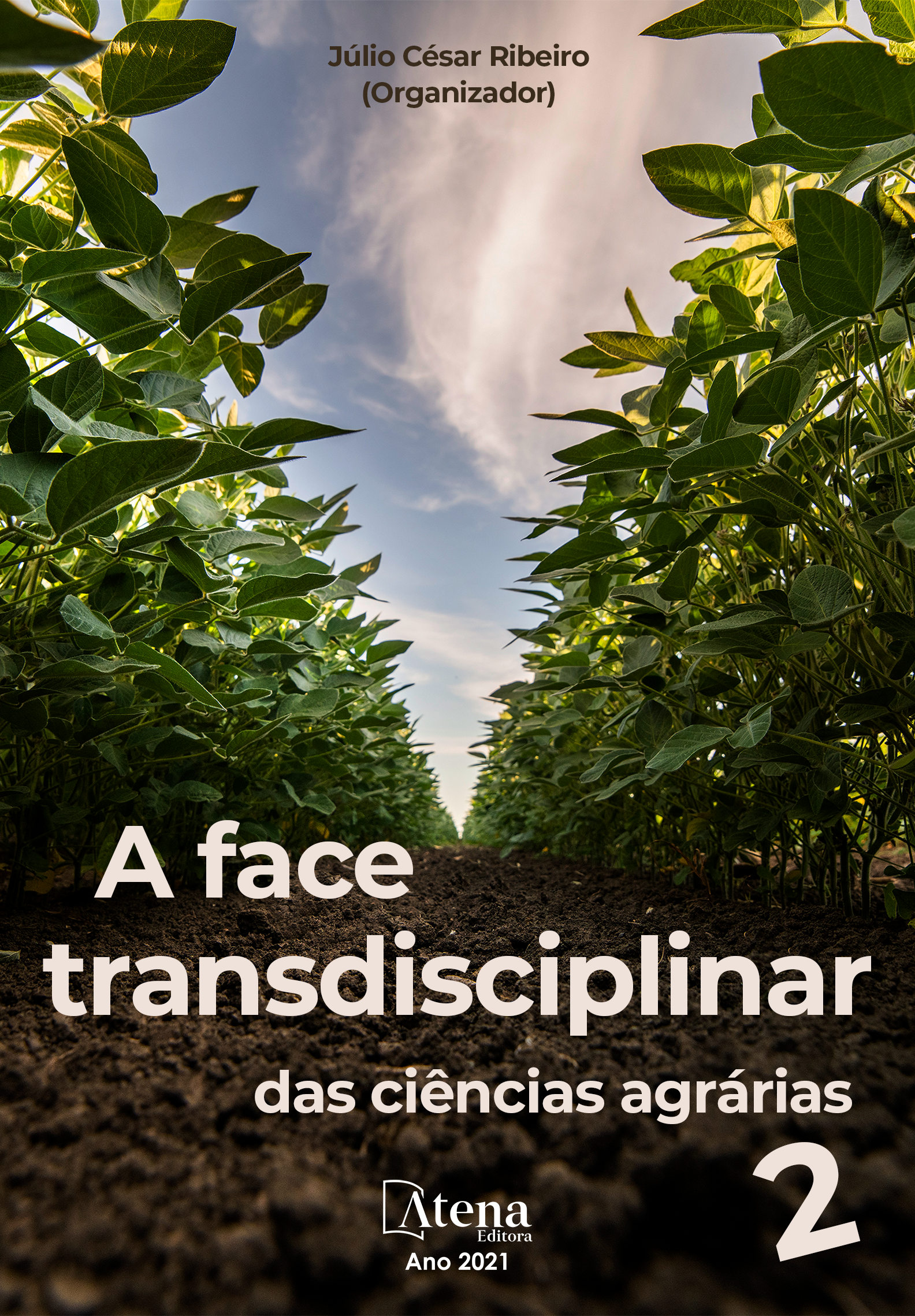
EFEITO DA CURVATURA DO CONDUTOR NA DISTRIBUIÇÃO DE SOJA EM BANCADA ELETRÔNICA
A boa distribuição longitudinal das sementes no sulco de semeadura apresenta elevada significância no estabelecimento da cultura, sendo que sua desuniformidade implica em ineficiência no aproveitamento dos recursos necessários para seu desenvolvimento. Objetivou-se avaliar a influência da utilização de diferentes condutores, reto e curvo, sobre a homogeneidade da deposição de sementes, em bancada estática de simulação de plantio. O experimento foi conduzido em delineamento inteiramente casualizado, com arranjo fatorial simples variando o tipo construtivo do condutor, sendo um deles com angulação de 18º e outro reto. Os parâmetros avaliados foram espaçamento médio, duplos, falhos e aceitáveis, coeficiente de variação e índice de precisão. Cada tratamento promoveu cinco repetições de 250 espaçamentos, que posteriormente suas medias foram submetidos análise de normalidade e homogeneidade do resíduo, posteriormente análise de variância, e quando significativo ao teste de médias de Tukey (p < 0,05). A utilização do condutor curvado promoveu maior uniformadade na deposição das sementes de soja, em relação ao condutor reto.
EFEITO DA CURVATURA DO CONDUTOR NA DISTRIBUIÇÃO DE SOJA EM BANCADA ELETRÔNICA
-
DOI: 10.22533/at.ed.8942110085
-
Palavras-chave: semeadura, plantabilidade, produtividade
-
Keywords: sowing, plantability, productivity
-
Abstract:
The good longitudinal distribution of the seeds in the sowing furrow is highly significant in the establishment of the crop, and its unevenness implies inefficiency in the use of the necessary resources for its development. The objective of this study was to evaluate the influence of the use of different conductors, straight and curved, on the homogeneity of seed deposition, in a static bench for planting simulation. The experiment was conducted in a completely randomized design, with a simple factorial arrangement varying the constructive type of the conductor, one with an angle of 18º and the other straight. The parameters evaluated were medium, double, flawed and acceptable spacing, coefficient of variation and precision index. Each treatment promoted five repetitions of 250 spacings, which afterwards their averages were subjected to analysis of normality and homogeneity of the residue, later analysis of variance, and when significant to the Tukey means test (p <0.05). The use of the curved conductor promoted greater uniformity in the deposition of soybean seeds, in relation to the straight conductor.
-
Número de páginas: 7
- Gabriel Ganancini Zimmermann
- Samir Paulo Jasper
- Leonardo Leônidas Kmiecik
- Lauro Strapasson Neto
- Daniel Savi


